This summer, archaeologists once again breathed life into the legends woven into the rocks of Kaliakra. Among the ruins of the once majestic fortress above the Black Sea, over 400 artefacts were discovered, shedding new light on its rich history.
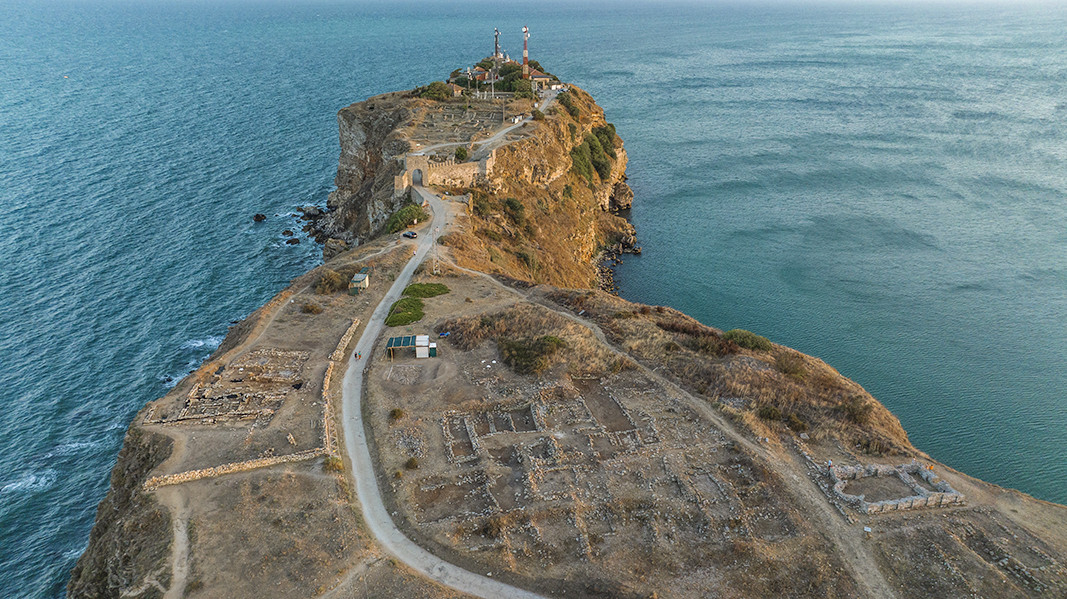
This place has been inhabited since the Roman era and in the 14th century it became the glamorous capital of the Despotate of Dobruja. Here stood the residence of Despot Dobrotitsa – the ruler who gave the name to the entire region. On the eastern shore of Cape Kaliakra, archaeologists have been exploring a large necropolis, in which over 200 graves have already been discovered. Among the finds are impressive evidence of life and rituals from the past – from a burial with gold coins placed over the eyes of the deceased to graves of noble men and women, rich in textile remains and preserved whole fragments of coffins, we learn from Dr. Filip Petrunov from the National Archaeological Institute with Museum at the Bulgarian Academy of Sciences and co-leader of the expedition.
"Some time ago the grave of an aristocrat called Georgi was also discovered, in which his ring seal was preserved. This wonderful ring with an eagle and an inscription in a circle ‘Georgi, ruler of Kaliakra’ is currently exhibited in the National Historical Museum. Parts of the clothing from the grave of Georgi were very well preserved, as experts were able to distinguish 11 different types of silk and linen textiles - all richly ornamented and preserved, thanks to the gold and silver threads in them. We also found an image of a dragon on his clothing. The ‘Tatar plunder’ was also discovered in this necropolis. This is a treasure of over 950 items, which is also located in the halls of the National Historical Museum"
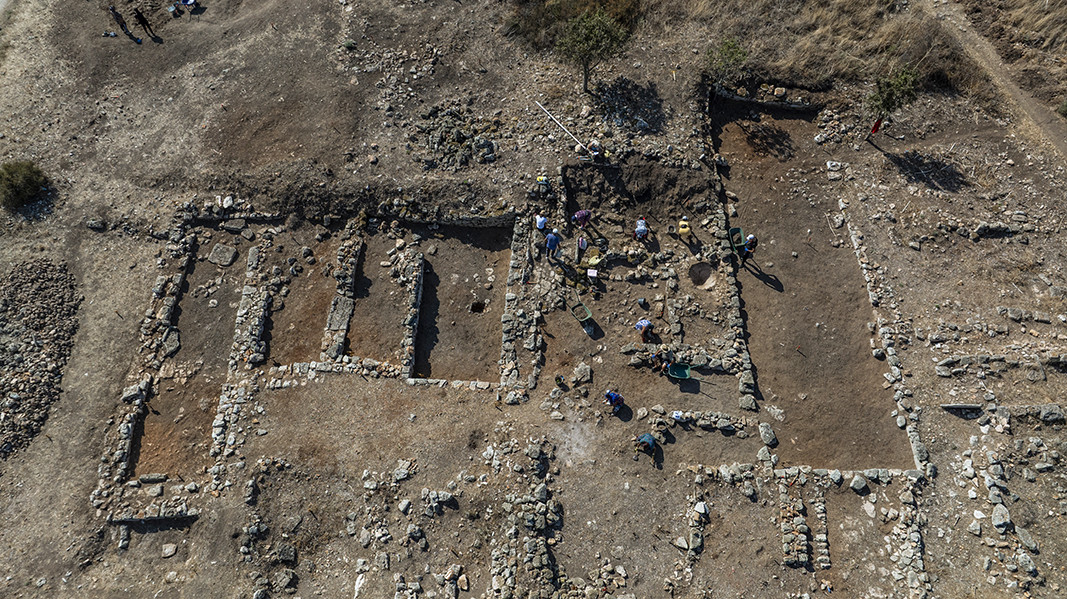
This summer's discoveries definitively confirm that life flourished on the rugged shores of Cape Kaliakra nearly 2,000 years ago.
"The latest finds are a collection of over 400 objects, covering a very wide chronological range from the end of the 2nd century to the end of the 14th century,” Dr. Filip Petrunov says. “Among them we have wonderful silver and gold coins from the Roman era to the Middle Ages.
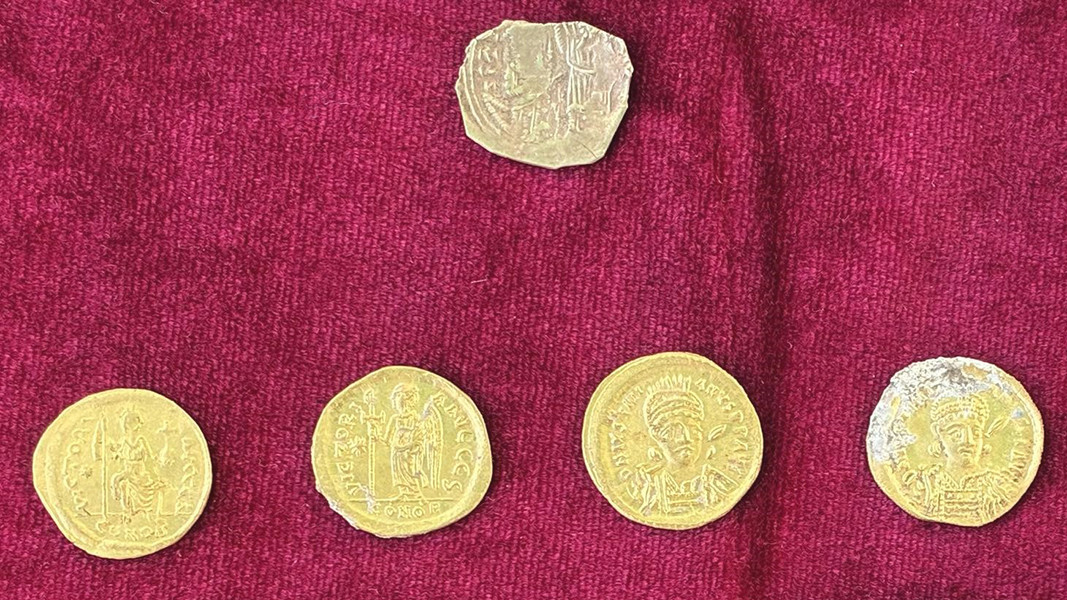
The objects from the First Bulgarian Empire are impressive - belt applications, belt tips, characteristic of the period when Pliska was capital, which were discovered in Kaliakra. And also rings with an eagle and a pentagram, characteristic of the period 9th - 11th centuries. But the highlight this year is the discovery of a statuette from the Roman period, which represents a widespread cult throughout the Roman Empire in the pre-Christian period - this is an exquisite figure depicting Fortuna."
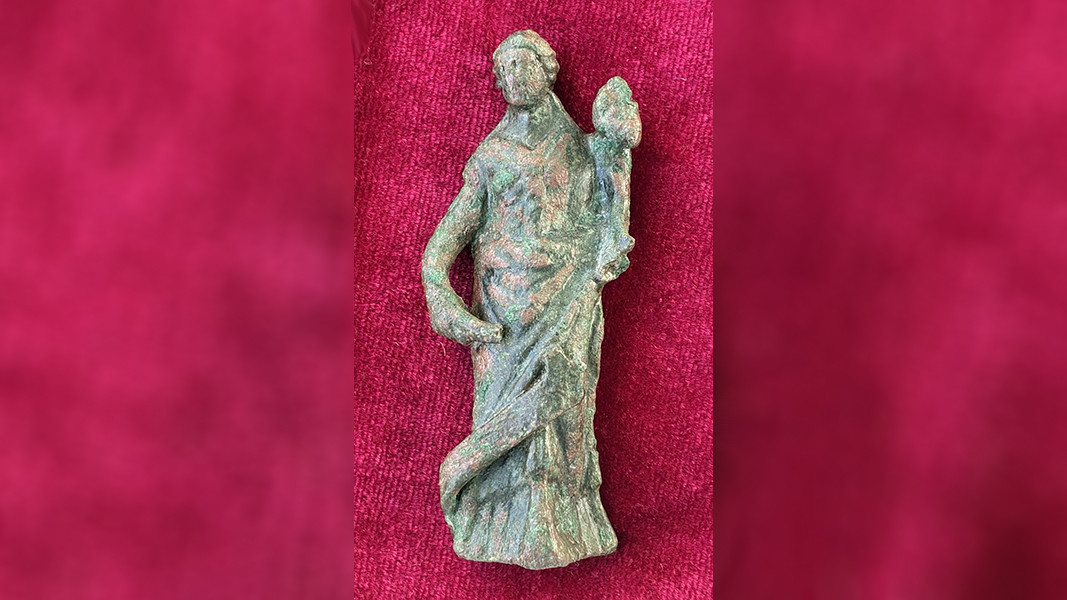
Recently, archaeologists came across two lead ampullae, which emphasize the importance of Kaliakra as a religious center.
"The ampullae are exceptional religious relics. Perhaps, no more than 30 such artefacts have been discovered in Bulgaria. These are lead, fragile vessels in which holy myrrh was stored, which as highly valued in the Middle Ages. Their presence in Kaliakra is evidence of the role of the fortress as a rich cultural and religious center. The fact that both were found in the same room suggests that it was where holy relics were probably kept near a church on the cape," Dr. Petrunov says.
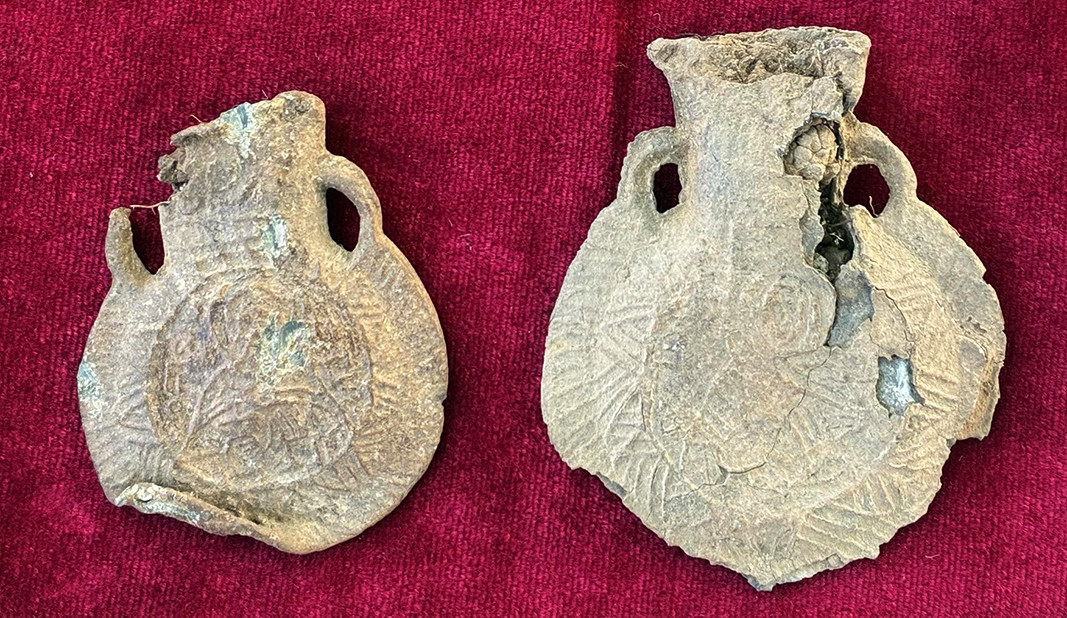
An elegant set of women's head jewellery - a silver tiara with gilding, composed of dozens of finely crafted applications and two earrings are among the most valuable finds this summer. The jewellery still carries the sense of beauty and prestige preserved through the centuries.
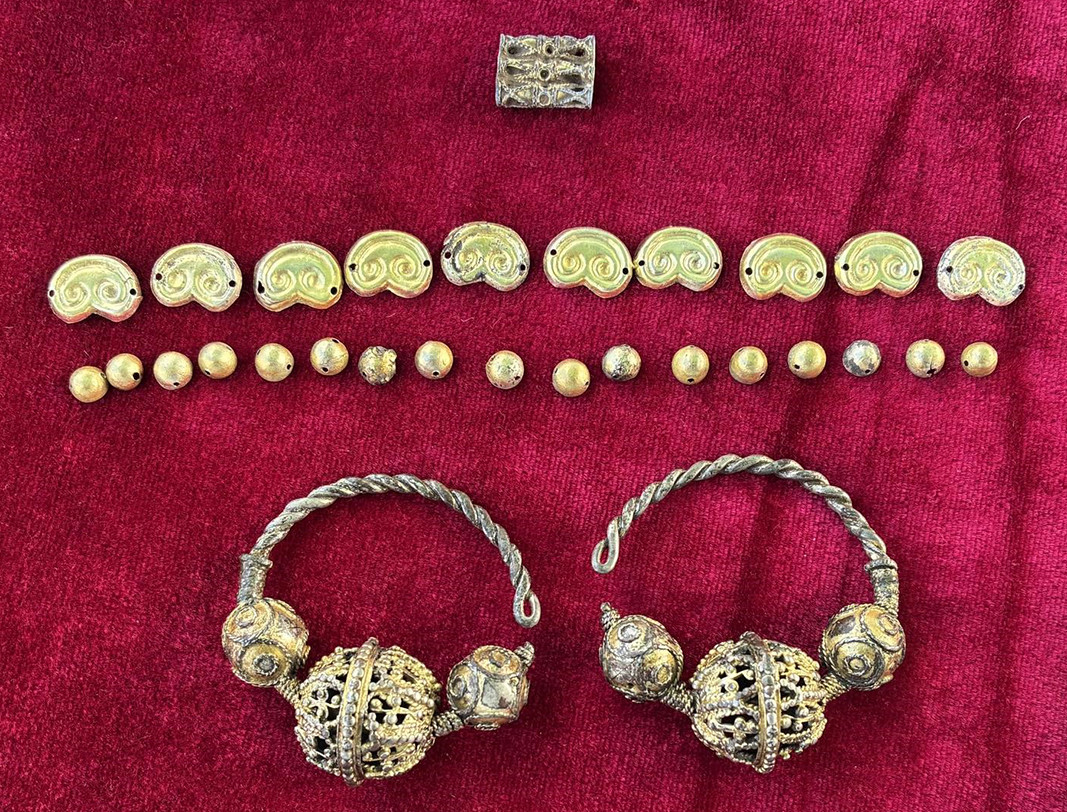
"First, this speaks of the social status of the particular lady, since such type of jewellery is not found in every grave. And secondly - about the culture of the capital period of Kaliakra, which is at an extremely high level. It was in no way inferior to the riches discovered in medieval Tarnovgrad.”
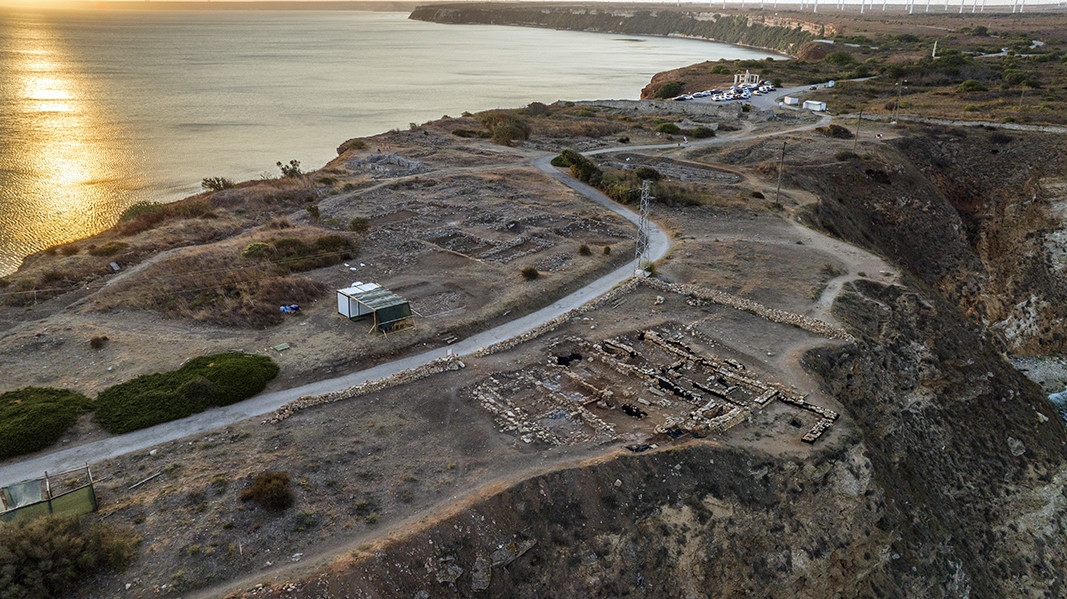
Read also:
Author: Veneta Nikolova
Publication in English: Alexander Markov
Photos: National Archaeological Institute with Museum at the Bulgarian Academy of Sciences, Facebook/fpetrunov
13 ancient graves were discovered during archaeological excavations conducted on the premises of the National Academy of Art in Sofia. The excavation is led by archaeologist Elena Nikolova from the Regional History Museum. The excavations began on..
Trapezitsa is one of the three hills for which the old Bulgarian capital, Tarnovgrad (the medieval name of today’s Veliko Tarnovo), is famous . Located to the northwest of the town, it stands across from the neighboring hill Tsarevets – the..
On the feast of the Dormition of Saint Ivan Rilski, the Bulgarian Patriarch and Metropolitan of Sofia Daniil led the Divine Liturgy at the Rila Monastery. On the eve of the feast, he bowed before the relics of the patron saint of the Bulgarian people..

+359 2 9336 661
